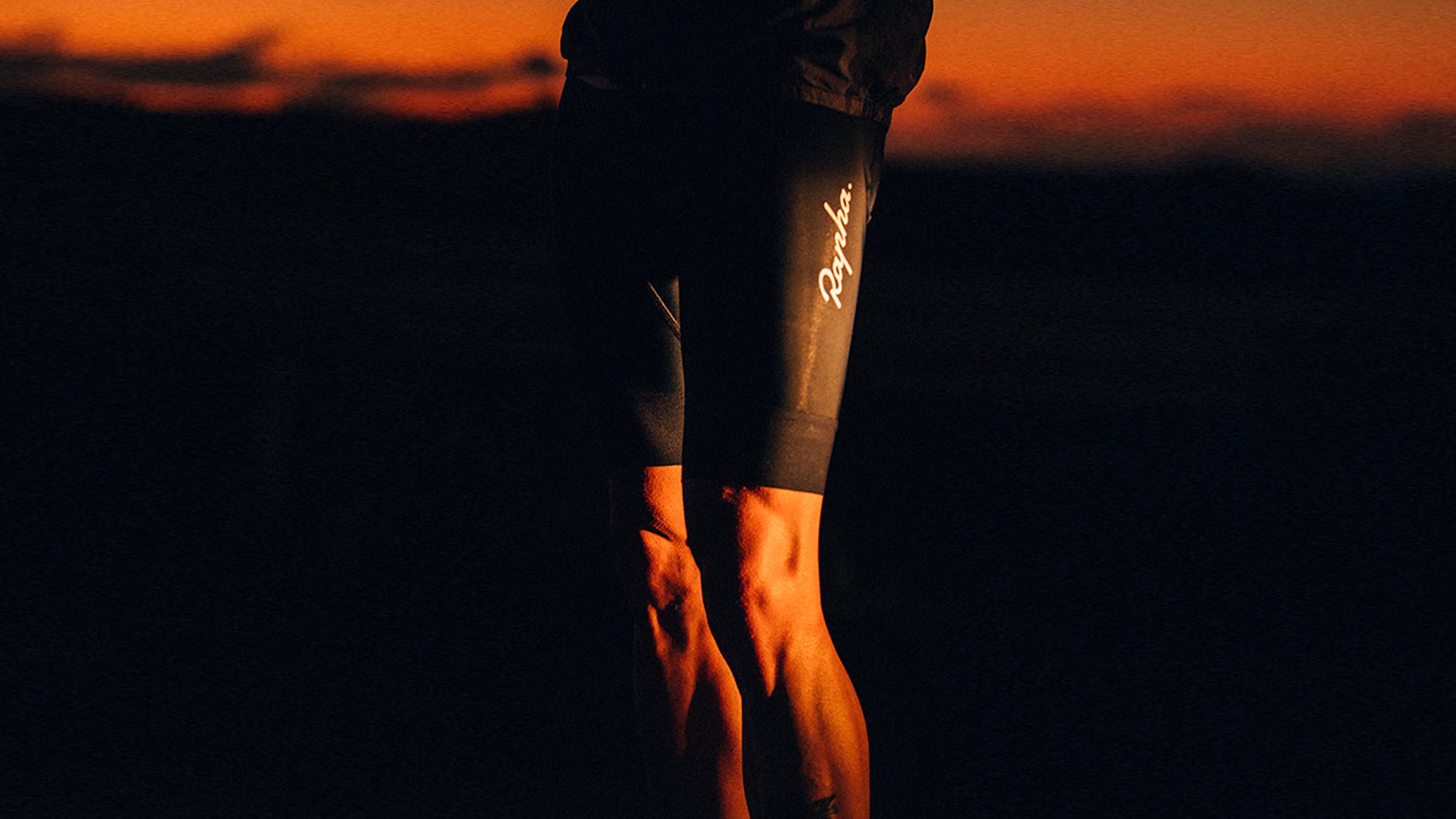
Free Returns
All Rapha orders can be returned within 14 days for refund completely free of charge, so you'll never be out-of-pocket purchasing from Rapha.

Should you ride into trouble, we are here to help get you back on your bike as quickly as possible. Shop with confidence, knowing you can make use of the services below.